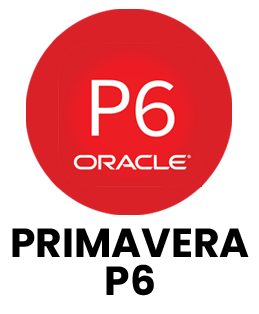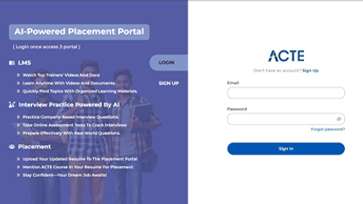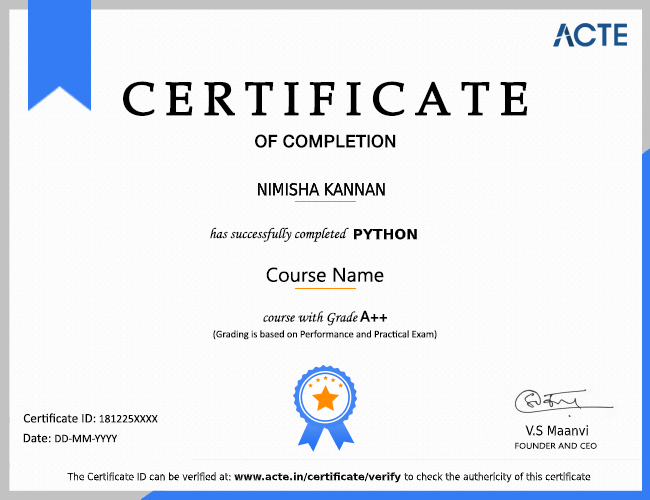1. How do you collect and prioritize stakeholder requirements?
Ans:
Requirements are gathered through interviews, surveys, workshops, direct observations and reviewing existing documents. To prioritize them, factors like business value, urgency, feasibility and potential impact on the project are considered. Frameworks such as MoSCoW or weighted scoring are often used to make prioritization transparent and efficient.
2. What is the difference between business requirements and functional requirements?
Ans:
Business requirements define the high-level goals or objectives an organization wants to achieve, while functional requirements detail the specific features, behaviors or functions needed to meet those goals. Together, they ensure that both strategic intent and practical implementation are clearly understood and achievable.
3. What is a Use Case and why is it important?
Ans:
A Use Case is a detailed description of how a system interacts with users or other systems to complete a particular task. It helps validate functional requirements and provides clarity on user interactions with the system, guiding development teams to build features that meet user expectations.
4. How do you manage conflicting requirements from multiple stakeholders?
Ans:
Conflicting requirements are resolved by facilitating open discussions to uncover the underlying concerns of each stakeholder. Through active listening and empathetic communication, shared objectives are identified and compromises or adjustments are made for successful delivery and alignment with the project's overarching objectives.
5. What is Gap Analysis and how is it performed?
Ans:
Gap Analysis identifies the differences between the current state of a system or process and its desired future state. This involves evaluating existing processes, identifying deficiencies and outlining actionable steps to bridge the gaps, often using process improvements or technology upgrades to achieve the target outcomes.
6. How do you ensure the quality of business requirements?
Ans:
High-quality business requirements are ensured by conducting thorough reviews with stakeholders and following best practices. The requirements are checked for realism, clarity, specificity, measurability and compatibility with the project's goals. This eliminates uncertainty and guarantees that the project is successfully guided by the requirements.
7. What is User Acceptance Testing (UAT) and why is it important?
Ans:
User Acceptance Testing is the phase where end users validate that the system meets their requirements and is ready for deployment. By simulating real-world scenarios, UAT identifies any issues or mismatches before release, ensuring the solution delivers the intended business value and meets user expectations.
8. Which tools are commonly used in business analysis and why?
Ans:
Common business analysis tools include JIRA for managing tasks and requirements, MS Visio for creating diagrams and flowcharts, SQL for querying and analyzing data and Tableau for visualizing and reporting data. These tools enhance efficiency, improve communication and help teams make informed decisions.
9. How do you prevent and manage scope creep during a project?
Ans:
Scope creep is controlled by clearly defining and documenting the project scope at the beginning. Ongoing monitoring for additional requests allows assessment of their impact on time, cost and resources. Any changes are processed through a formal change control procedure to maintain project stability and prevent unexpected delays.
10. Can you give an example of improving a business process?
Ans:
In a recent project inefficiencies were found in the customer service workflow. By analyzing the process and implementing automation tools, response times were reduced by 30%, resulting in fewer escalations and higher customer satisfaction. This improvement streamlined operations and added measurable value to the business.





















